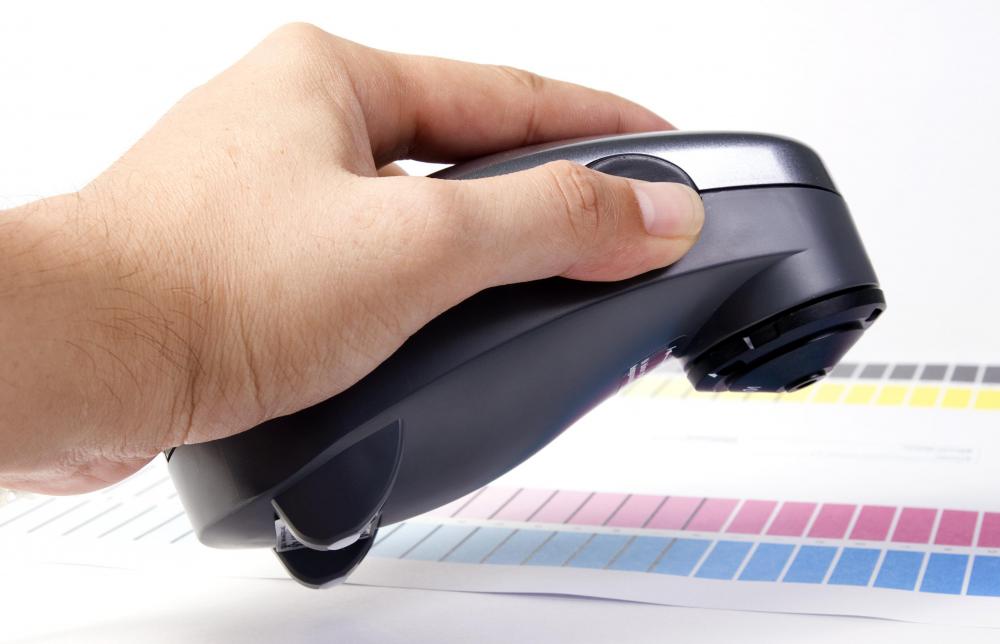At WiseGEEK, we're committed to delivering accurate, trustworthy information. Our expert-authored content is rigorously fact-checked and sourced from credible authorities. Discover how we uphold the highest standards in providing you with reliable knowledge.
How does Bacterial Endotoxin Testing Work?
Bacterial endotoxin testing typically involves the use of reagents which, when mixed in a solution with a possible contaminant, cause a reaction, signifying the presence of an endotoxin. Chromogenic testing, the gel clot test and turbidimetric testing are the methods scientists commonly employ for bacterial endotoxin testing. Technicians use these evaluation methods on a variety of substances and objects when checking for endotoxin contamination. Water, the raw materials used in making medications, equipment and packaging must all pass endotoxin standards.
Bacteria, fungi and viruses all have protective exterior membranes consisting of lipopolysaccharides, also referred to as LPS. The lipid portion of these chains contains endotoxins. These substances generally stay within the membrane but are released during the process of cell division and during cellular destruction or lysis. In humans, these substances cause fever, abnormal coagulation, septic shock and other symptoms although unlike exotoxins within the cell, endotoxins do not convert into a toxoid. Generally, microbiologists check for the presence of endotoxins associated with various gram-negative bacteria, including E. coli.

The gel clot test, or Limulus ameboecyte lysate (LAL) assay, involves using a membrane-destroying chemical derived from the amoebocytes of the horseshoe crab, also referred to as Limulus polyphemus. Technicians observe a positive indication of endotoxins if clotting or gelling occurs when the lysate is exposed to the object or substance in question. Microbiologists typically use this method of bacterial endotoxin testing in conjunction with chromogenic and turbidimetric testing for conclusive results.

Chromogenic bacterial endotoxin testing uses a specially treated LAL. When this lysate contacts an endotoxin, the reaction produces a specific color. The final testing process includes measuring the turbidity or cloudiness of the solution. Technicians expose the solution formed in the gel clot test to a spectrophotometer, which emits a beam of light. By measuring the loss of light intensity in the beam as it passes through the solution, microbiologists can determine whether or not an endotoxin is present.

Lab associates generally complete these three bacterial endotoxin tests two or three times in order to ensure accurate results. The gel test is not used exclusively as its lowest limit of detection is 0.03 Ehrlich Units per milliliter (EU/ml). Chromogenic and turbidimetric testing detect endotoxins in the 0.005 EU/ml range. Safety parameters differ greatly depending on the substance being tested. While sterile water used for injection or irrigation purposes can contain no more than 0.25 EU/ml, sterile water for inhalation purposes may contain up to 0.5 EU/ml.
AS FEATURED ON:
AS FEATURED ON:














Discuss this Article
Post your comments